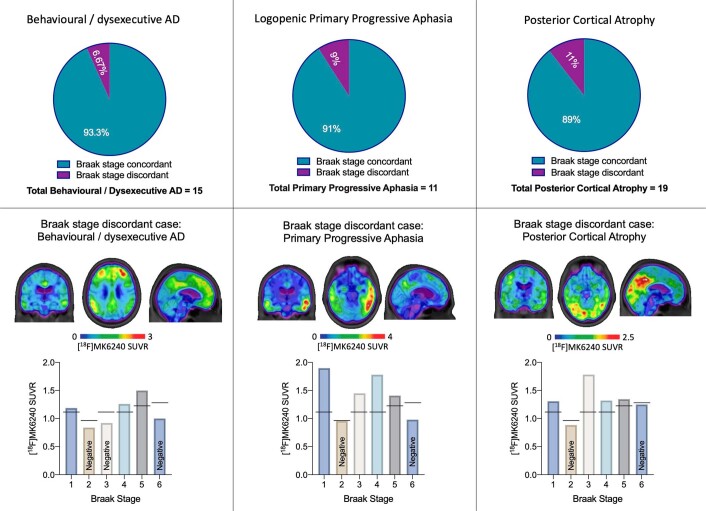Extended Data Fig. 2. Atypical clinical phenotypes of AD are largely compatible with Braak staging model.
Top: proportion of cases with established focal cortical presentations of AD that fit (turquoise) and do not fit (purple) with the Braak staging system. Middle: Tau-PET images of representative Braak-discordant cases are displayed in the middle. Bottom: [18F]MK6240 Tau-PET uptake in each Braak stage of discordant case presented. Absence of tau abnormality in Braak stage II (entorhinal cortex and hippocampus) was the most common reason for Braak discordance in atypical focal cortical presentations of AD, and may be associated with MTL-sparing AD. Relative tau-PET uptake within certain Braak stages may be associated with relative predominance of specific cognitive impairment and clinical presentation. Individuals with nonamnestic dementia phenotypes were included in the main analyses. The individual focal cortical syndrome cases displayed above were classified as Braak stage V.

